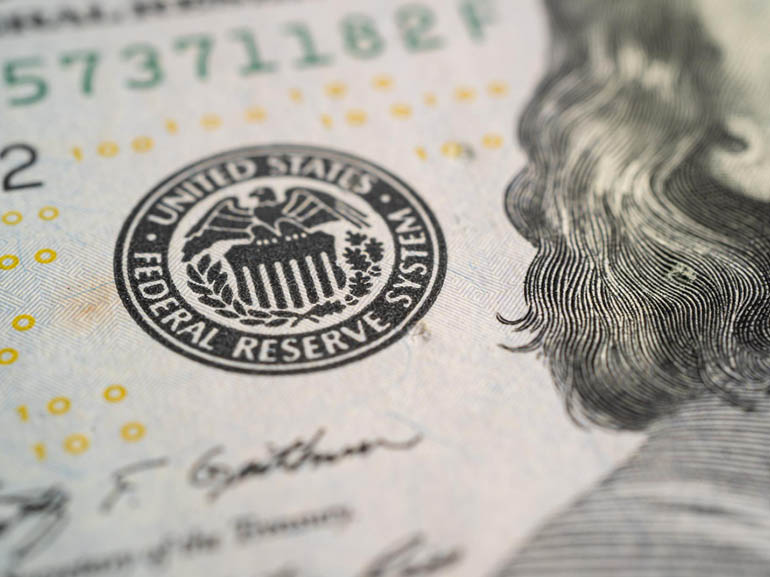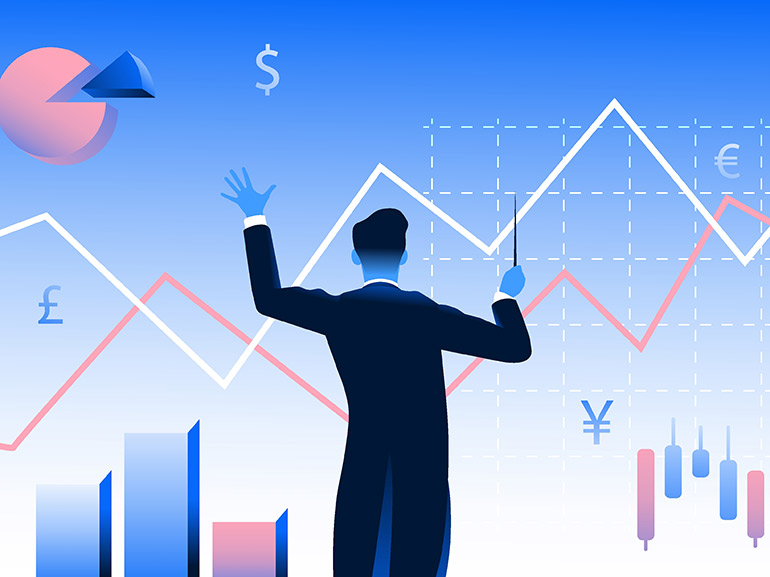Markets Continue Rebound Amid Turbulence
US stocks rebounded on Tuesday, 6 August, following a 10% recovery in Japan's Nikkei (Japan 225) index after suffering heavy losses in the previous session. The S&P 500 and tech-heavy Nasdaq (NQ) reversed 1% of Monday's losses, and the Dow Jones (USA 30) rose 0.8%.

Officials Reassure Amid Turbulence
Investors remained cautious last Friday due to weaker jobs reports, which raised concerns about a potential US recession combined with recent strength in the Japanese Yen following the Bank of Japan (BOJ) interest rate hike.
However, Chicago Federal Reserve President Austan Goolsbee immediately retracted fears that the Fed might have waited too long to cut interest rates, pointing to a slowing but stable labour market. BOJ Deputy Governor Shinichi Uchida also retracted Governor Kazuo Ueda's previous hawkish remarks on Wednesday, promising not to raise rates when markets are unstable.
Cautious Optimism Prevails
The Deputy's comments helped stabilise Asian markets on Wednesday, 7 August, as the probability of an October BOJ rate hike fell. European and US stock futures also rose in response to the BOJ's stance, with the Nikkei closing 1.2% higher and the Yen falling to 147 against the dollar (USD/JPY), further calming investor fears. However, some analysts communicated that the recovery is attributed to bargain hunting and a bounce in US bond markets. Yet, they cautioned that volatility could remain.
Despite the rebound, Barry Bannister, chief equity strategist at Stifel, believes it is too soon to go back in and expects the S&P 500 to correct to 5,000 by October, citing a slowing US economy with sticky inflation. He actually warned that a bear market could materialise if the economic slowdown turns into a recession in the second half of 2024. His main concerns are weak economic growth and mild "stagflation".
No Recession Yet, Officially
According to key indicators, including the recent unemployment rate and the jump seen in the Non-Farm Payrolls (NFP), the US economy is not yet in a recession. For a recession to happen, the financial system would need to crack, which there is little sign of currently. For instance, the impact on banks from market volatility is seen as limited despite bank stocks being hit, as banks have sufficient capital buffers and limited exposure to equities.
Although the Fed still has the power to cut interest rates and revive demand, high inflation could prevent aggressive action, as controlling inflation is also a key mandate for the central bank.
Some Institutions Buy the Dip
Wall Street analyst Sam Stovall, former Global's chief investment strategist, warned in June of a 5% to 12% decline as the market undergoes a "resetting of the dials" after a strong rally in Q1. He said these are typically common following double-digit gains, as the S&P 500 increased more than 10% in Q1. However, he also pointed out that strong Q1 gains like the ones seen in 2024 tend to close the year at least 20% higher.
Some hedge funds and institutional investors took advantage of the dip, suggesting they see the crash as an overreaction. JPMorgan (JPM) data showed that institutional buyers poured $14 billion into stocks, significantly higher than the 12-month average, whereas retail investors sold $1.4 billion. Cathie Wood of ARK (ARKK) added to her positions in Amazon (AMZN) and Tesla (TSLA) on Monday as their share prices fell during the sell-off.
Some analysts believe the equal-weighted S&P 500 still looks reasonably valued and could hit 6,000 by year-end. Even Bannister thinks defensive stocks, stocks outside of tech, like in the utilities stock sector, could do well. The market could rebound in the fourth quarter if the Fed cuts rates aggressively and consumer spending holds up.
However, some strategists warn that "recessionary scenarios are by no means priced in" and recommend "buying into weakness" only once there is evidence of a complete unwinding of positioning. Others warn that given this uncertainty, traders and investors may want to approach the markets with more caution. (Source: Yahoo Finance)
Conclusion
Central bank officials from the US and Japan stepped in to offer investors reassurances following the recent market crash. The Fed highlighted a stable labour market, and the BOJ promised not to raise rates during volatile times. However, some analysts remain cautious despite institutions buying the dip, warning of a potential correction for the S&P 500 down to 5,000 and even a bear market.
As the future remains uncertain and largely hinges on the Fed's mastery of cutting rates and reviving demand while managing high inflation, recent optimism is helping stabilise the market.







